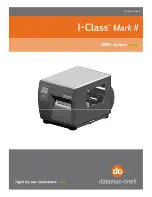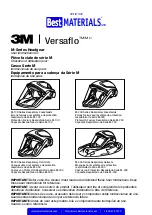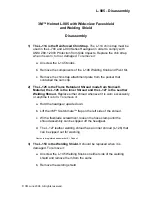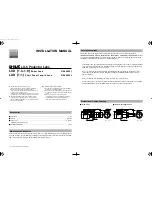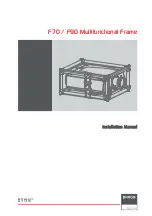
27
2.6 Field Deployment
Suggestions
Mounting Orientation
BioFouling reduction
The mounting and orientation of the LISST-ABS is similar to
that of optical backscatter and turbidity sensor. The
suggestions below may help when determining how to mount or
orientate the LISST-ABS
The LISST-ABS measures backscatter from two cells at
approximately 5 and 10 cm from the sensor head. The two
locations are used to measure the attenuation that is used in
the internal computation of ACB.
For reduced drag, mount the LISST-ABS horizontally facing into
a flow. In this orientation, it may be placed very close to a
boundary (e.g. a river bed), limited only by considerations of
bed scour.
The instrument may also be mounted vertically. To avoid
interference from bottom reflection, the sensor head must be at
least 15 cm above the hard bottom. The computation of
Uncalibrated Concentration assumes that the concentration is
similar between the range cells. If there is a strong vertical
gradient causing significant differences between them the
Uncalibrated Concentration will not be accurate.
The sensor housing is made of plastic. DO NOT apply
excessive force while mounting. The diameter of the main body
is just under 2 inches. There are many different types of
clamps available for this diameter.
Biofouling can be a problem for any sensor deployed in the
water. Even though the LISST-ABS is more tolerant to
biofouling it is still recommended to use some anti-fouling
procedures to reduce the chance of fouling effecting the
measurements.
Do not apply anti-fouling paint directly to the transducer face as
it will affect the instrument performance.
Summary of Contents for LISST-ABS
Page 2: ......

























